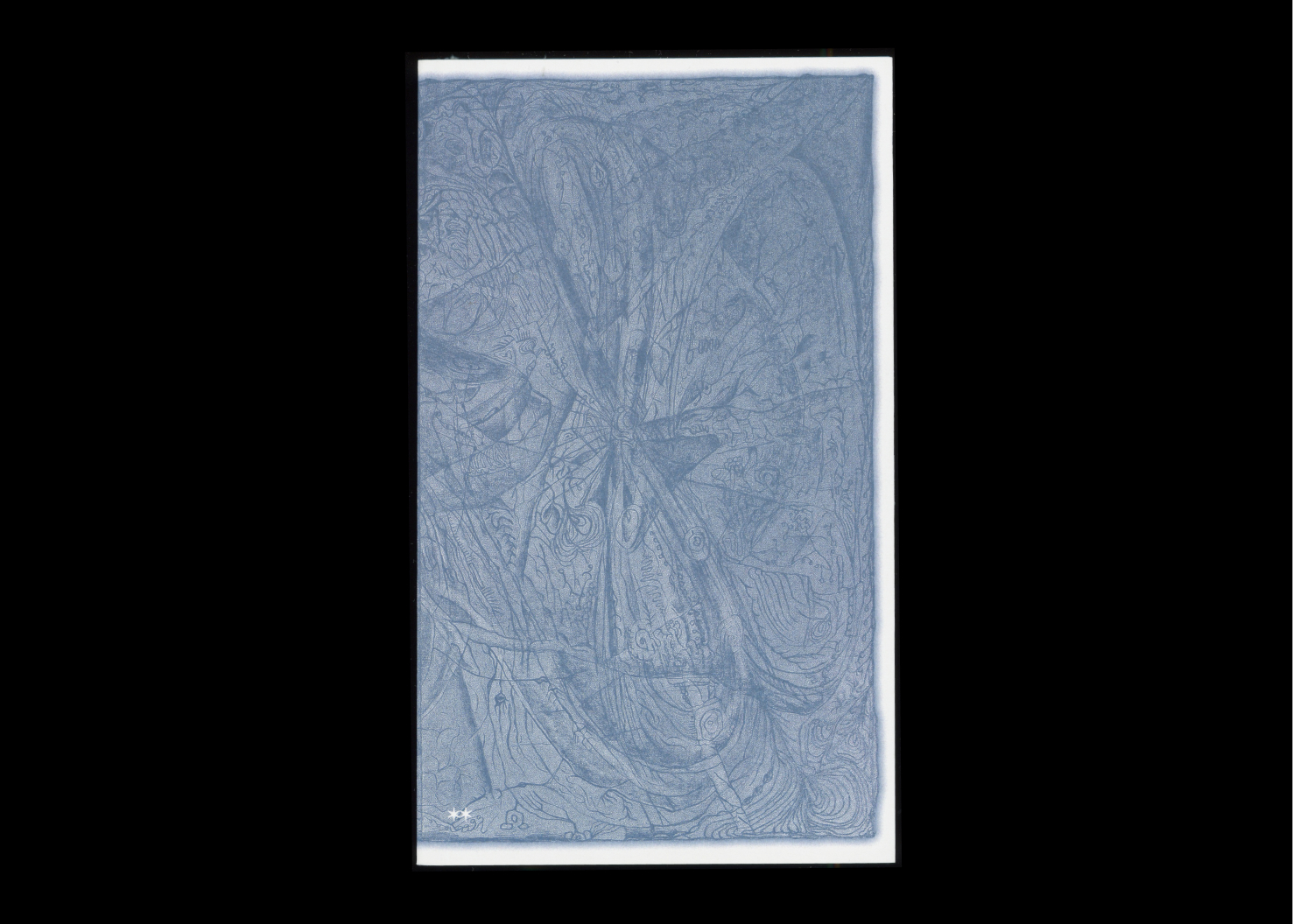Introducing the Are.na Annual 2024

Today we’re publishing the Are.na Annual 2024, which you can find in the shop. To give you an idea of what’s inside, we’re running the editor’s letter below.
This summer I read poet and painter Etel Adnan’s Shifting the Silence, a recommendation from Morgan Stahorn, who contributed to the Are.na Annual last year. I bought the book in anticipation of a loss and I read it only months later, in the midst of a certain grief. I had been thinking about loss as a kind of removal; a void that requires a rearrangement of the self and returns you to life changed. But Adnan, who was staring down her own death while writing the book, wrote that loss for her was not a void, but an absence that is also a “strange kind of presence.” I recognized the sentiment from a near verbatim line in Annie Ernaux’s The Years: “The strange presence of absent beings…”

I mention this not to imply that this year’s Annual is about death or loss (or is as heavy as I just made the intro)—it’s not. But it is in many ways about this compelling contradiction, that absence can have a very material presence. In May, we asked for submissions that spoke in some way to the theme of trace, which we defined as “to find or discover through investigation; to copy, sketch, or superimpose; a mark, a sign, an inkling, a glimpse.” The pieces of writing that resulted explore, on their surface, topics like copying or mark-making or the process of following something back to its source. But taken together, the faint outlines of wider meanings start to form: themes like persistence through time, the layered histories of place, things invisible but felt. Many of the pieces were about traces so faint that they’re often unseen and overlooked, and yet are revealed as transformative the moment you’re prompted to notice them. A trace could be the mark, or it could be the void that makes the mark; per Adnan, it’s silence that creates the sound.
Amirio Freeman illustrates this idea beautifully in an essay about a beach in his hometown in Virginia, a site of Black joy and of many of his formative memories, as well as a port where the first enslaved Africans arrived to North America. Amirio writes about how the Chesapeake Bay both makes him who he is and troubles his positionality as a Black, queer person: “On the beach, in the bay, I recognize that haunted people, with haunted origins of land, water, and sky, are the only people we can be.” Noa Mori writes similarly of place in her piece on “geotrama,” and how memories and encounters remain in our bodies and in the earth’s. As Michelle Kuan puts it in her ode to teeth as living archives, “absences [are] as telling as the records that remain intact.”

Other pieces in the book consider trace more as a verb, and tracing an act of love or devotion. Both Shelby Wilson and Giorgia Chiarion attend to the everyday sublime, collecting instances of the play of shadows and intimacy of clothes lines, respectively. Sanaa Asim details the laborious system of authentication and categorization that is the Isnād, a chain that traces important Islamic “sayings” back to the person who originally said them. Meanwhile, Terry Nguyen writes about a summer spent watching “Bruceploitation” films, and explores how Bruce Lee’s posthumous image lives on in deepfakes and bad reproductions. She quotes philosopher Jacques Derrida’s definition of trace, which flips mine on its head: “The trace is not a presence but is rather the simulacrum of a presence that dislocates, displaces, and refers beyond itself.”

If “translation is a form of displacement” as artist Amalle Dublon has said, and “the art of writing is itself translating,” as Ursula K. Le Guin has written, then maybe we can think about these and the other wonderful writings in the book as tracings themselves. To write is to obsessively circle a subject, to feel for its edges; to trace threads of thought and accumulated observations and make them legible to others. As with every year, these pieces can all be traced back to an Are.na channel, where the thinking began.

Among the written tracings, you’ll also find drawn tracings from the wider Are.na community submitted through trace.are.na. The drawings started with a glyph created by Desmond Wong, which originated in his fiction story “Tributaries,” and can also be glimpsed, faintly, in his brilliant cover design. Each time someone visited the site they were prompted to trace the drawing from the person before them, resulting in a gratifying game of visual telephone, and now, a material archive of transformation.
Thank you to Laurel Schwulst for editing this letter.
Meg Miller is editorial director at Are.na.